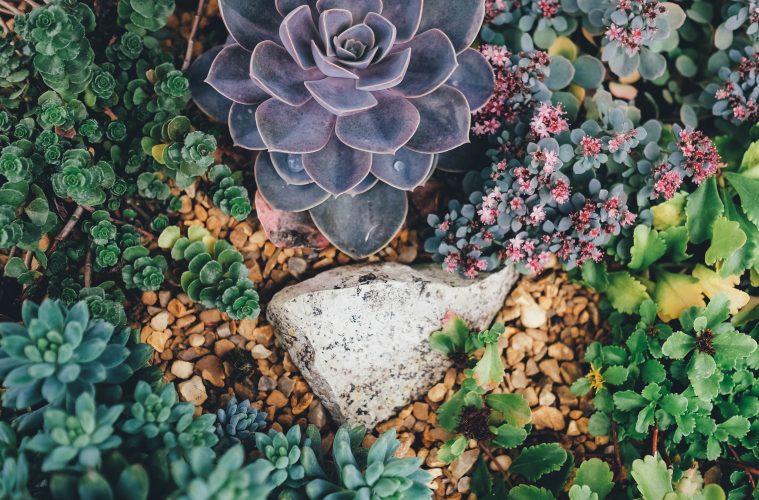Want to garden but don’t have a green thumb? Succulents are the answer. These resilient and eye-catching plants are sure to add colour and character to any garden with minimal hassle and attention.
By recreating their native habitats, succulents and cacti are likely to flourish, even propagate, with very little need for human intervention.
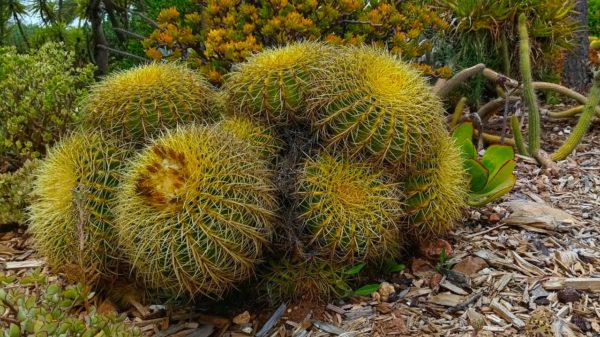
Here are five tips to get you started
1. Avoid extreme temperatures
If you are planning on growing your succulents outdoors, first consider that very few varieties can withstand temperatures below freezing. While most succulents like sun and heat, some desert environments can also be too extreme. Senior landscaper for The Organic Emerald, Meagan Klue, says that there are many succulents that are perfectly suited to the South African climate and are wonderful options to get you started.
“If you are looking for something tall and lush, Crassula ovata is definitely for you,” she said. “For some texture and colour, look no further than, Cotyledon orbiculata. It’s a beautiful plant with long leaves and stunning flowers, when in bloom.”
“Aloe and Bulbine are a must for any garden while Carpibrotus edulis is a fast-growing groundcover that is both edible and medicinal.”
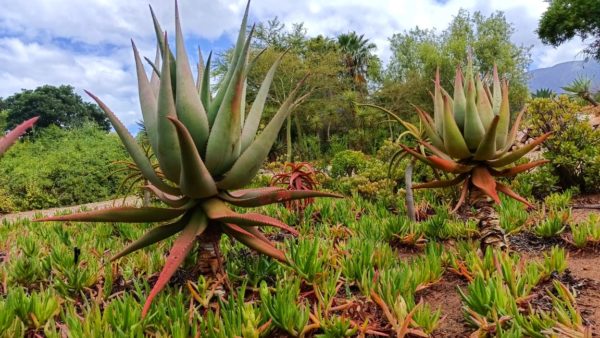
2. Don’t overdo the sun
The sunnier the better, right? Not always. Many less experienced gardeners assume that the sunniest location is the best site for their plants. However, this is not always the case.
Succulents that are grown indoors should be placed at a window where full sun is available for at least two or three hours per day.
If one isn’t available, a grow light is an adequate substitute, especially over the winter months.
“You can also tell whether your plant is getting enough light if the colours become lighter or the plant begins to stretch and develop long internodes between each leaf,” said Klue.
“Crassula multicava or Fairy Crassula is indigenous and generally does better in shady conditions.”
“Donkey’s tail (Sedum morganianum) and mother-in-laws-tongue (Sansevieria) are wonderful for adding some texture and character while the fuzzy leaves of the Kalanchoe tomentosa are always a quirky option.”
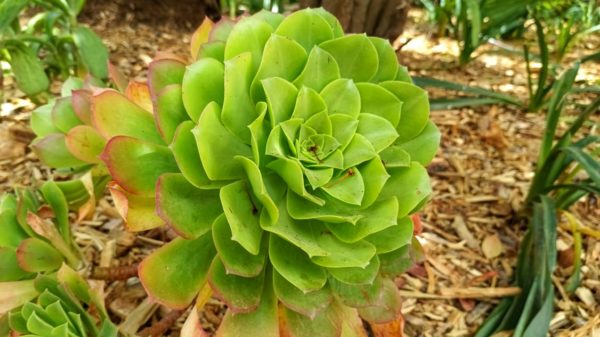
3. Even cacti like water (but not too much)
Contrary to popular belief, regular watering won’t kill your succulents, especially during their active growing season.
The trick is to allow the soil to dry between watering in order for the roots to breathe.
The condition of your succulents’ leaves is the best indicator of whether your plants are getting the right amount of water.
A thirsty plant will look shrivelled and lacklustre, with no shine, while stem and root rot, along with mushy or yellowing leaves, are a telltale sign of overwatering.
4. The right mix of sand and soil is key
Drainage is important, as succulents don’t like their roots sitting in wet soil. For the best results, add sand to your soil mix to improve drainage. Perlite, small gravel, or crushed granite are also highly effective, non-organic alternatives.
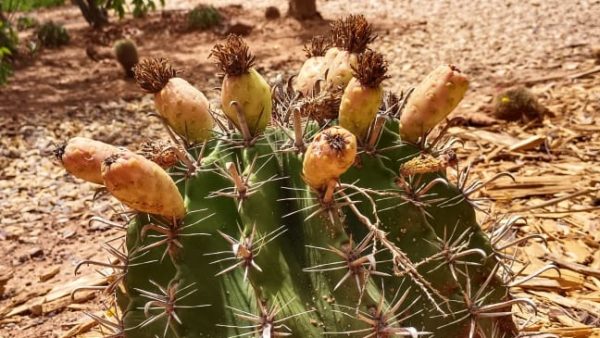
5. Do not backfill after planting
Dig a hole the size of the root ball and drop the succulent in.
Leaving an air gap allows the soil to slowly work its way around the roots at the same growth rate as the plant. This will promote the development of new roots close to the soil surface, allowing them to breathe.
The majority of succulents prefer not to have a lot of organic material mixed or tilled into the soil near the roots because it can retain too much moisture.
For the best results, apply crushed rock, granite, or decorative stone. These mulches allow the soil to dry out while keeping it cool and preventing erosion.
Written by Murray Swart for CapeEtc
Featured image: Annie Spratt via Unsplash

